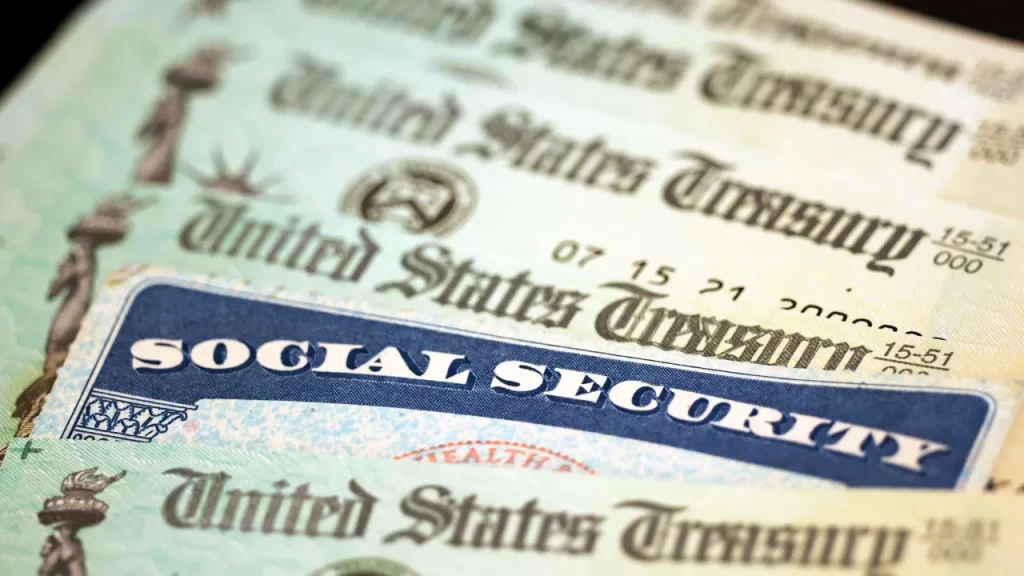
Inflation has eaten away more than one-third of Social Security benefits’ buying power since 2000, a new analysis found.
Those who retired before 2000 have seen the purchasing power of their benefits drop by 36%, according to The Senior Citizens League. These folks would need a nearly $517 boost in their monthly benefits just to maintain the same level of buying power as in 2000.
Although Social Security recipients get an annual cost-of-living adjustment, the increases have not kept up with the rise in prices for years – squeezing senior citizens, many of whom live on fixed incomes and depend heavily on their monthly Social Security payments.
The surge in inflation in recent years resulted in the largest annual adjustments since the early 1980s. Beneficiaries received an increase of 5.9% for 2022 and 8.7% for 2023.
However, for the past 10 months, inflation has moderated. That means the 2024 adjustment is expected to be lower than in recent years. It won’t be announced until October, but the annual boost would be 3.1% based on current inflation rates, said Mary Johnson, the league’s Social Security and Medicare policy analyst.
Soaring expenses
Still, prices remain high. The costs for many items used by older Americans grew much faster, according to the league, citing US Bureau of Labor Statistics data. The cost of eggs soared 110% over the year ending in February, while bread and dental visits jumped 18% and 16%, respectively. Electricity and car repairs went up 13% each.
Looking longer term, the annual adjustments increased Social Security benefits by a total of 78% between January 2000 and February 2023. But the cost of goods and services purchased by typical retirees rose by a total of more than 141%, driven by eggs, prescription drugs and heating oil, according to the league.
Put another way, the $100 a retired household spent on groceries in 2000 would buy only $64 worth today.